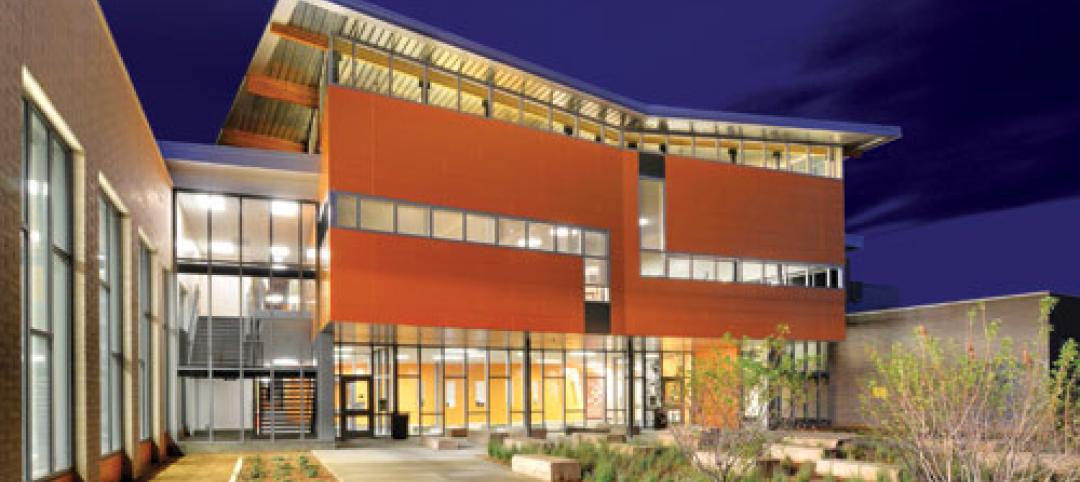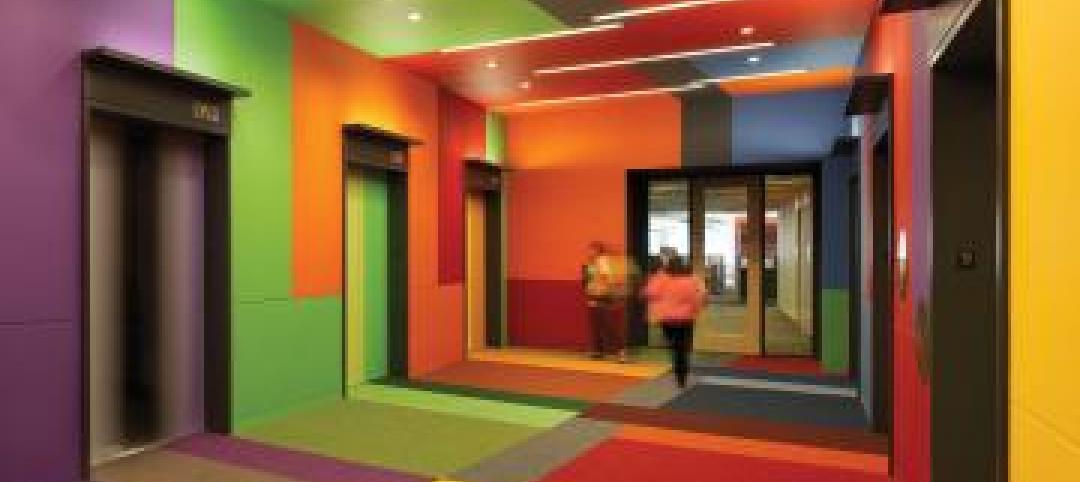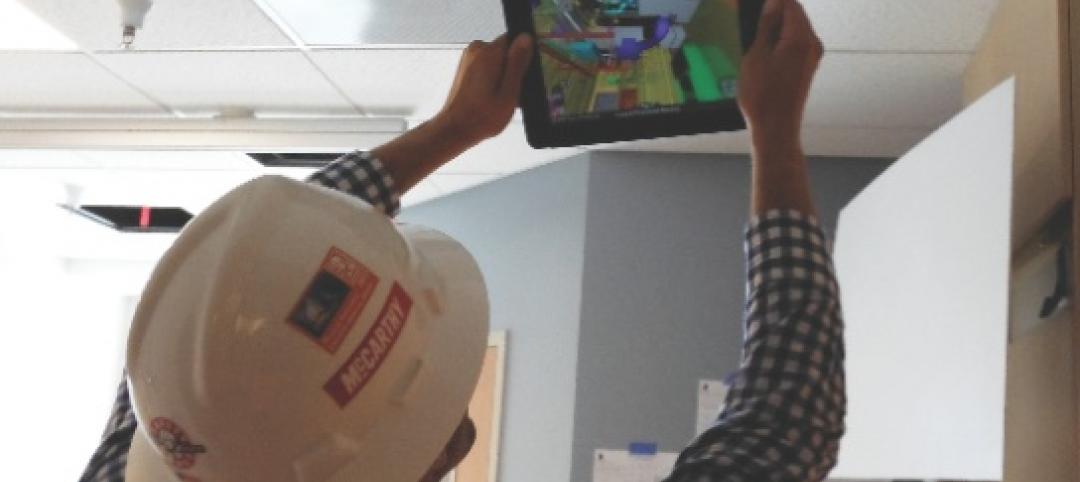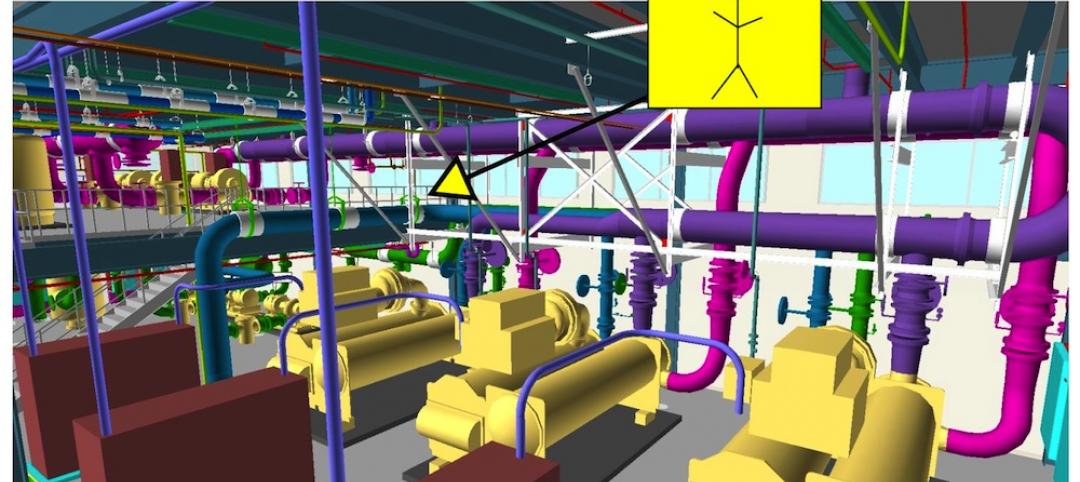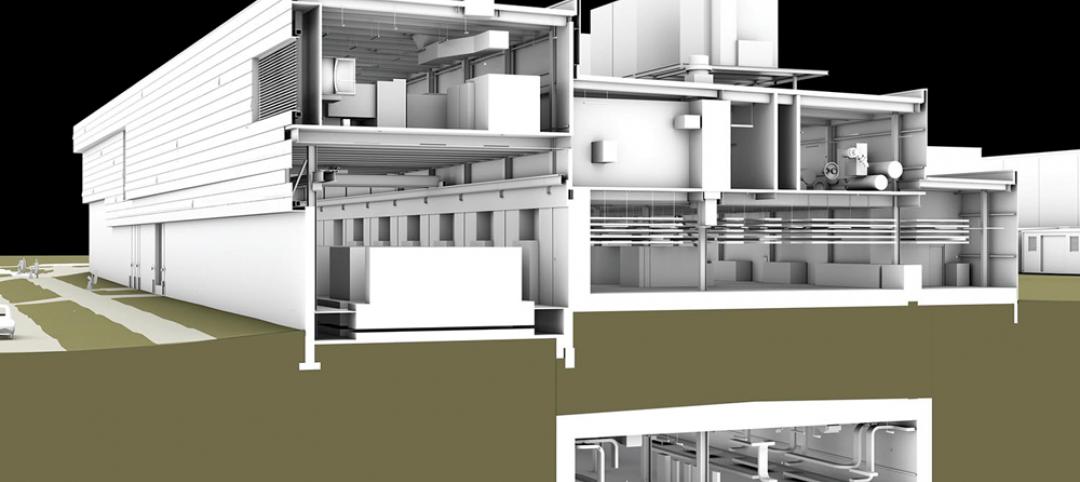 |
14. Mod Pod A Nod to Flex Biz
Designed by the British firm Tate + Hindle, the OfficePOD is a flexible office space that can be installed, well, just about anywhere, indoors or out. The self-contained modular units measure about seven feet square and are designed to serve as dedicated space for employees who work from home or other remote locations. Construction of the modular pods includes natural, recycled, and recyclable materials, as well as insulation and a high-efficiency HVAC system. The pods are plug-in powered; the fully wired units connect to an existing structure (home, garage, office building, um...Starbucks?) while IT and phone connectivity is wireless, but can also be cabled in. Delivery takes approximately 12 weeks. |
15. Transform any Work Surface into A Charging Station
 |
16. Concrete Slabs Plays up Rubber Ball Technology
17. Brown Rice for Greener Concrete
While slag from steel mills, fly ash, and silica fume are being added to concrete to reduce the material's greenhouse gas emissions and make it stronger and more resistant to corrosion, rice husks (the small cases around edible rice kernels) have so far proved an unsuitable additive because when burned, its ash is too contaminated with carbon. However, scientists were focused on finding ways to utilize rice husks because they are very rich in silicon dioxide, a core concrete ingredient. A breakthrough has come from researchers at Plano, Texas-based ChK Group, who discovered that superheating the husks to almost 1500 °F in an oxygen-free furnace produces pure, nearly carbon-free silica. ChK researchers, who are still refining their production processes, speculate a single full-size furnace could produce 15,000 tons of rice husk ash annually, which can be used to replace up to 20% of cement used in concrete production. |
18. Killer Beetles Lead to Concrete Plywood
The mountain pine beetle is devastating British Columbia's conifer forests, and while some researchers focused on controlling the destruction, others focused on salvaging the billions of dead trees. The University of Northern British Columbia's professor Ron Thring and graduate student Sorin Pasca focused on salvaging efforts and discovered that dead wood from lodgepole pine trees is an excellent ingredient for cement production. While cement typically repels organic material, the beetles "enhanced" the wood in such a way that it sticks to cement and act as a substitute for typical aggregates like stones and rocks. Researchers say the concrete plywood hybrid board (above), which they call MPB (for mountain pine beetle), is water resistant and can be used in place of drywall and gypsum board or as flooring and countertop surfacing. Boards can be cut with regular woodworking tools and nailed without pre-drilling.
Related Stories
| Sep 16, 2013
Study analyzes effectiveness of reflective ceilings
Engineers at Brinjac quantify the illuminance and energy consumption levels achieved by increasing the ceiling’s light reflectance.
| Sep 15, 2013
How to build a rainscreen using fiber cement panels - AIA/CEU course
This course will review the cause and effects of moisture intrusion and explain how fiber cement panels can be used as a rain screen to reduce moisture build-up, rotting interior walls, and mold growth.
| Sep 10, 2013
BUILDINGChicago eShow Daily – Day 2 coverage
The BD+C editorial team brings you this real-time coverage of day 2 of the BUILDINGChicago/Greening the Heartland conference and expo taking place this week at the Holiday Inn Chicago Mart Plaza.
| Sep 9, 2013
Top 25 continuing education courses on BDCuniversity
An overview of the 25 most popular continuing education courses on BDCuniversity.com.
| Sep 4, 2013
Augmented reality: 12 applications for design and construction professionals
Building Design+Construction reached out to AEC professionals who have studied and applied augmented reality and asked them to pinpoint applications that are ripe for the technology. Here’s what they had to offer.
| Sep 4, 2013
Augmented reality goes mainstream: 12 applications for design and construction firms
Thanks to inexpensive mobile devices and increasingly advanced software apps, Building Teams are finally able to bring their BIM models to life on the job site.
| Sep 4, 2013
Smart building technology: Talking results at the BUILDINGChicago/ Greening the Heartland show
Recent advancements in technology are allowing owners to connect with facilities as never before, leveraging existing automation systems to achieve cost-effective energy improvements. This BUILDINGChicago presentation will feature Procter & Gamble’s smart building management program.
| Aug 30, 2013
Modular classrooms gaining strength with school boards
With budget, space needs, and speed-to-market pressures bearing down on school districts, modular classroom assemblies are often a go-to solution.
| Aug 1, 2013
BIM and O+M: Are facility managers ready for the 3D world?
Although I am encouraged to see BIM for O+M mandates coming from building owners, I can’t help but feel we’re overlooking a very important part of the handover process: making O+M information easily accessible.
| Jul 19, 2013
BIM 2.0: AEC firms share their vision for the great leap forward in BIM/VDC implementation [2013 Giants 300 Report]
We reached out to dozens of AEC firms that made our annual BIM Giants lists and asked one simple question: What does BIM 2.0 look like to you? Here’s what they had to offer.



